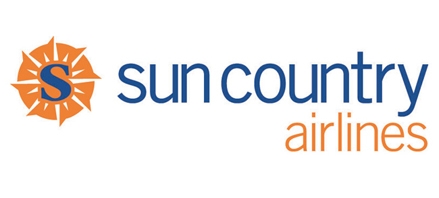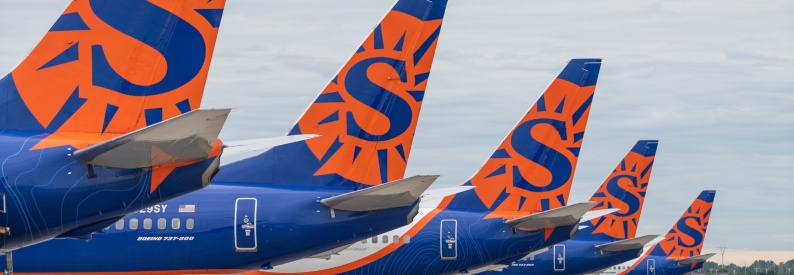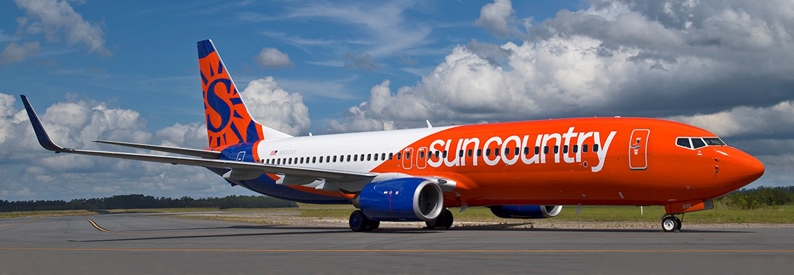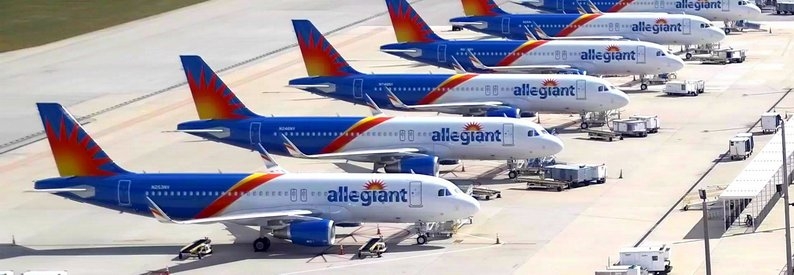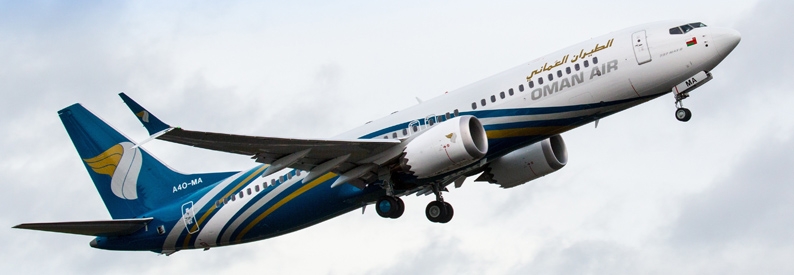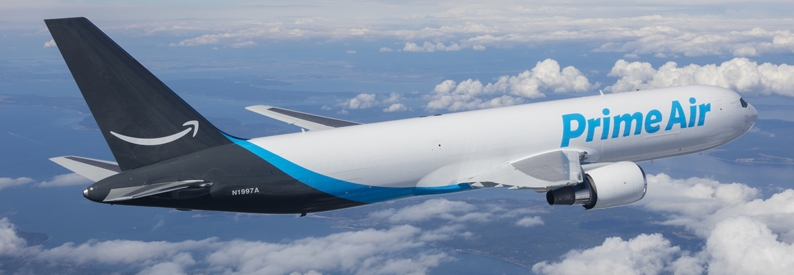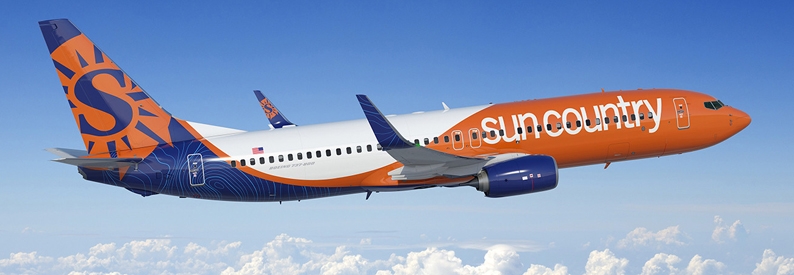Sun Country Airlines (SY, Minneapolis St. Paul International) sold 9,090,909 common shares priced at USD24 each in its Initial Public Offering (IPO), raising USD218 million, a sum it plans to invest in expanding its fleet and workforce ahead of an anticipated rebound in leisure travel.
The carrier had expected a price of between USD21 and USD23 per share, according to SEC filings. The 9.1 million shares sold on the Nasdaq Global Select Market are equivalent to a 16.3% stake.
New York-based investment firm Apollo Global Management, which acquired the company in 2018, has said it will continue to control the company via an affiliate.
Sun Country Airlines is the first US carrier to go public since Mesa Airlines (YV, Phoenix Sky Harbor) in August 2018, and the news channel CNBC cited the financial markets platform Dealogic as saying it was the biggest US airline IPO since Virgin America’s in 2014. Buoyed by the optimism reflected in the debut, its shares closed at USD36.38 on March 17.
CEO Jude Bricker told the broadcaster: “For the first time since the Covid crisis came, we’ve been able to get sales back to where they were at pre-Covid levels, so we’re feeling really good about a recovery.”
As it has globally, the leisure travel segment has fared better in the US during the crisis compared to larger airlines whose business models have relied on international networks and corporate travel, particularly as more people receive vaccines. As previously reported, it also has an agreement with Amazon.com to fly cargo on twelve B737-800(BCF)s.
According to the ch-aviation Commercial Aviation Aircraft Data module, besides these, it currently operates thirty B737-800s and one B737-700, a fleet it deploys on 34 routes in the US, Mexico, and the Caribbean.
Bricker told Reuters that the IPO's success had solidified Sun Country Airlines’ plans to expand its passenger fleet to 50 aircraft from 31 by 2023, together with its staff numbers and network. Aircraft purchases could happen faster because of the low cost of second-hand aircraft, and it is hiring about ten new pilots a month.
“Right now, everything is flashing green,” he said.
- Type
- Base
- Aircraft
- Destinations
- Routes
- Daily Flights
